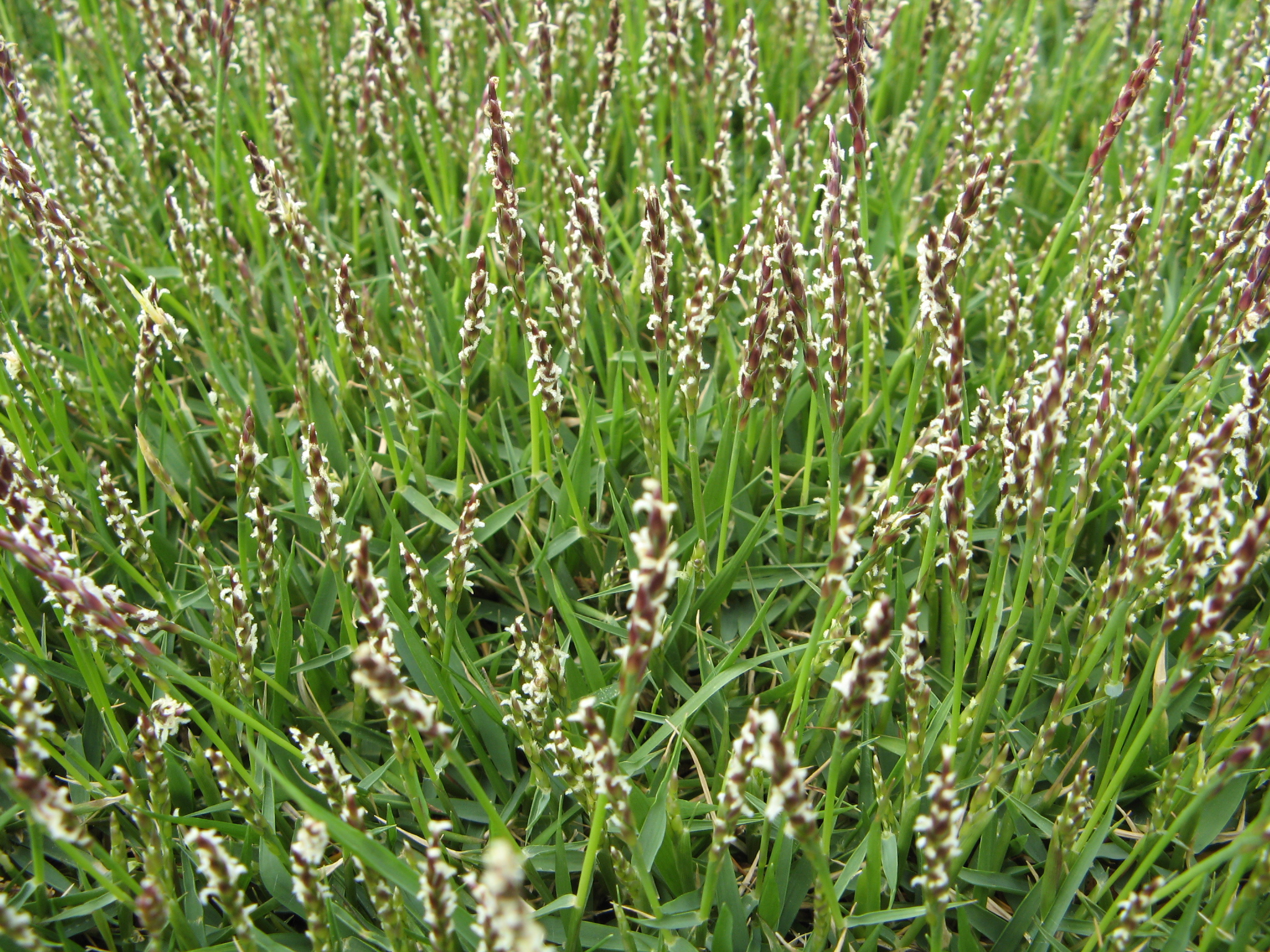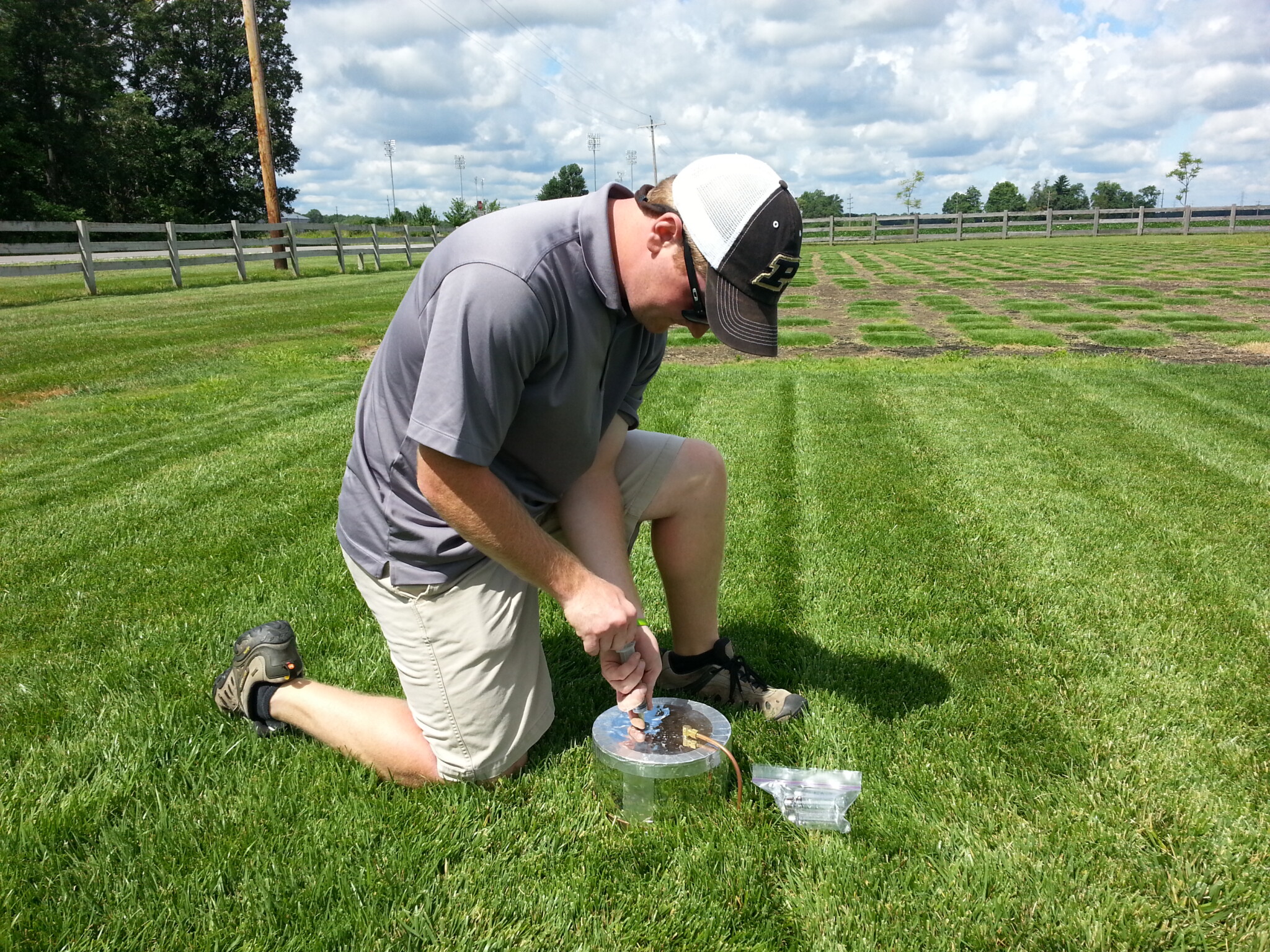



WELCOME
The turfgrass industry is comprised of athletic fields, golf courses, grounds, lawns, sod farms, and roadsides. Across the US, turfgrass covers ~40 million acres. As urban areas push outwards into rural areas and suburbs are developed, lawns, parks, athletic fields, and other green spaces are added. Challenges to the turf industry are many and include a need to increase sustainability (water, nutrients, labor, fuel, etc.), manage pests (biology, ecology, resistance, invasive, etc.), and develop new technologies (cultivars, devices, data science, etc.).
Dr. Patton's research program is designed to address current and potential future challenges facing the turfgrass industry. The goal is to plan, implement, and lead projects that reduce inputs and environmental risks while improving turf quality and health. Dr. Patton’s research currently focuses on two key areas:
Weed Biology, Ecology, Resistance and Management. Enhancing Management of Common, Troublesome, and Invasive Weeds in Turf. Objective: First, determine strategies for optimizing weed control while simultaneously reducing inputs through discovering methods to enhance herbicide performance. By enhancing weed control, fewer herbicide applications will be necessary. A system approach to understanding the biology and ecology of individual weed species is also needed to create effective control programs. Second, study the biology of weeds to enhance cultural control techniques, identify alternative control approaches for stakeholders, or to discover the mechanisms of herbicide resistance.
Advancing of Low-Input Turfgrasses and Management Strategies. Three research areas are ongoing within this strategy.
Focus 1: Evaluation and Improvement of Zoysiagrass (Zoysia spp.) Germplasm Adapted to the Midwest. Objectives: 1) Identify novel zoysiagrass germplasm adapted for use in the Midwest and determine the physiological basis for enhanced winter hardiness, 2) Determine strategies to improve the establishment or management of this low-input turfgrass species.
Focus 2: Improving the Development, Establishment, Management, and Production of Low-input Turfgrasses Adapted to the Midwest. Objectives: This work supports farm diversification through the expansion and adoption of low-input, sustainable seed and sod varieties by growers and consumers through research and the development of comprehensive education resources. Dr. Patton works with a team of researchers to identify barriers that are preventing stakeholders from using fine fescues and find innovative solutions to these barriers.
Focus 3: Soil Carbon and Nitrogen Sequestration in Urban Grasslands (Turf). Objectives: 1) quantify the extent of C and N stored in grassed areas as affected by plant species, management and stand age, and 2) examine the unique facets of grass management (mowing and plant species) that may exert control over C and N flux in these systems.